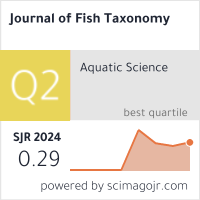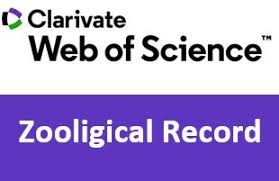Phytochemical and Microbial Analysis of Calamansi peel extract Against Staphylococcus aureus and E. coli
Keywords:
Phytochemical, Antibacterial, Bioactive SubstanceAbstract
Calamansi (Citrus microcarpa) peel, an abundant agro-waste was investigated as a source of bioactive compounds and as a topical antibacterial agent. Preliminary phytochemical screening revealed pronounced reactions for tannins/polyphenols in the ferric chloride test, abundant flavonoids in the alkaline reagent test, and appreciable amounts of carbohydrates, reducing and non-reducing sugars via Molisch, Benedict's, Fehling's and lead acetate assays.
These metabolite classes are well documented for antioxidant, anti-inflammatory and antimicrobial activities. The agar-well diffusion method was used to assess the antibacterial efficacy. Three concentrations-100% crude extract (T1), 50% extract ointment (T2) and a commercial antibiotic ointment control (T3) were tested in triplicate for 18 hours and 24 hours. Zones of inhibition increased with exposure time; all 24 hour readings exceeded their corresponding 18 hour values. Against S. aureus, T1 and T3 produced very strong inhibition, classifying T1 as bactericidal and comparable to the reference drug. E. coli displayed moderate susceptibility, though T1 and T3 again yielded the widest clearings.
Statistical analysis confirmed concentration-dependent activity. Thus, calamansi peel extract exhibits a rich repertoire of tannins and flavonoids and demonstrates potent anti-staphylococcal action, endorsing the 100% extract as the optimum concentration for ointment formulation. Valorization of calamansi peel could therefore convert waste to a cost-effective plant-based topical antibacterial preparation for broader community healthcare applications.








